Ejector Blades
- High Precision: Ensures accurate fit and alignment within the mold.
- Durability: Made from high-quality materials to withstand frequent use.
- Versatility: Suitable for a wide range of complex part geometries.
- Low Friction: Reduces friction with the part, protecting the surface finish.
ISO 9001:2015 Certified Processes
ISO 13485: 2016 Medical Device
IATF 16949: 2016 Automotive
No Minimum Order Quantities
In-Process Inspection with CMM
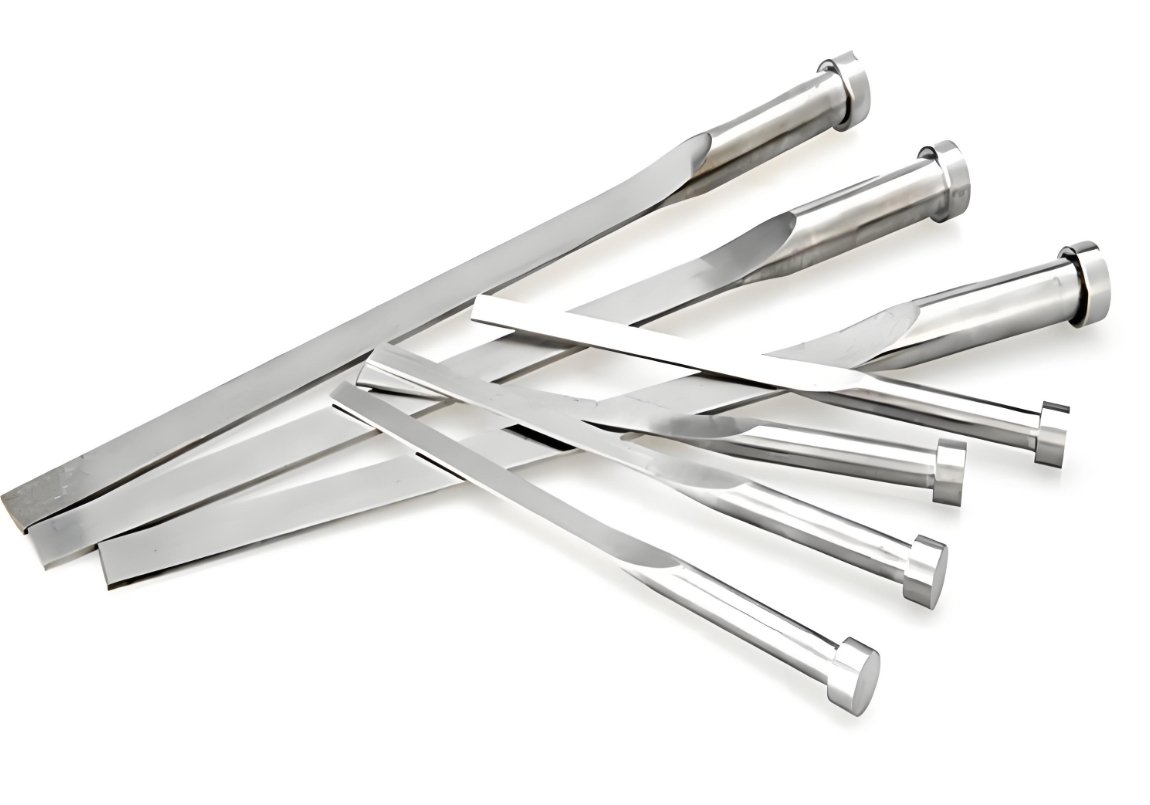
Ejector Blocks: Precision Components for Injection Molding
Ejector blocks are essential components in injection molding, designed to ensure the smooth and efficient removal of molded parts from the mold cavity.
These precision-engineered blocks provide a larger surface area for ejection, making them ideal for parts with complex geometries or large surface areas. By distributing the ejection force evenly, ejector blocks help prevent part damage and extend the life of the mold, ensuring consistent production quality.
Primary Functions
Processing Materials
Tool Steel
- Such as H13 or SKD61, offering high hardness and wear resistance.
Stainless Steel
- Such as 420 or 440C, ideal for corrosive environments.
Custom Alloys
- Available to meet specific application requirements.
Post-Processing & Surface Treatments
To maximize performance and longevity, our ejector sleeves undergo advanced post-processing techniques.

Heat Treatment
Enhances hardness and durability.
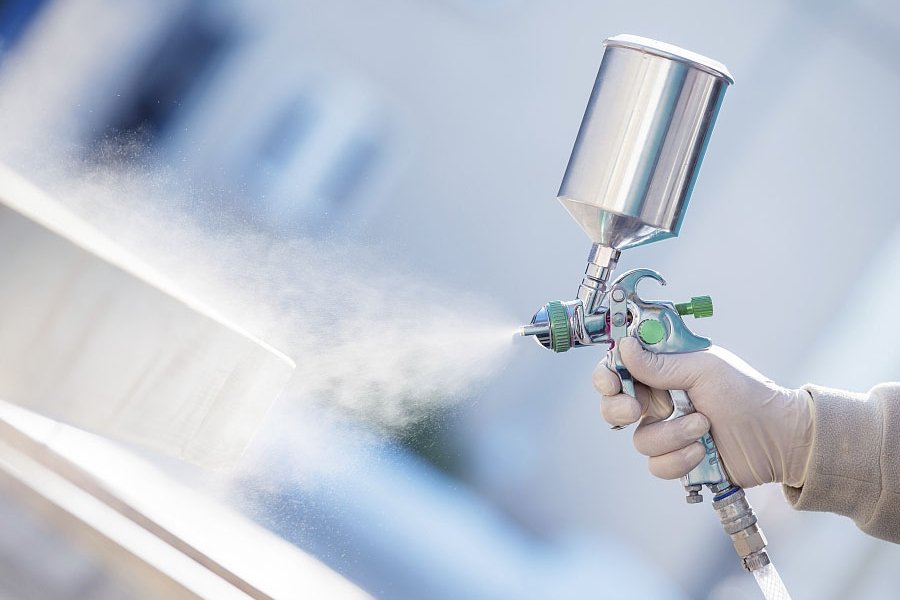
Optional Coatings
Such as DLC (Diamond-Like Carbon) for additional protection and reduced friction.
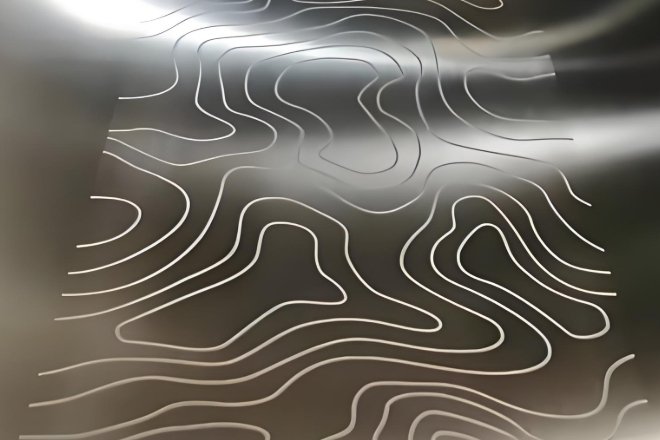
Nitriding
Increases surface hardness for improved wear resistance.
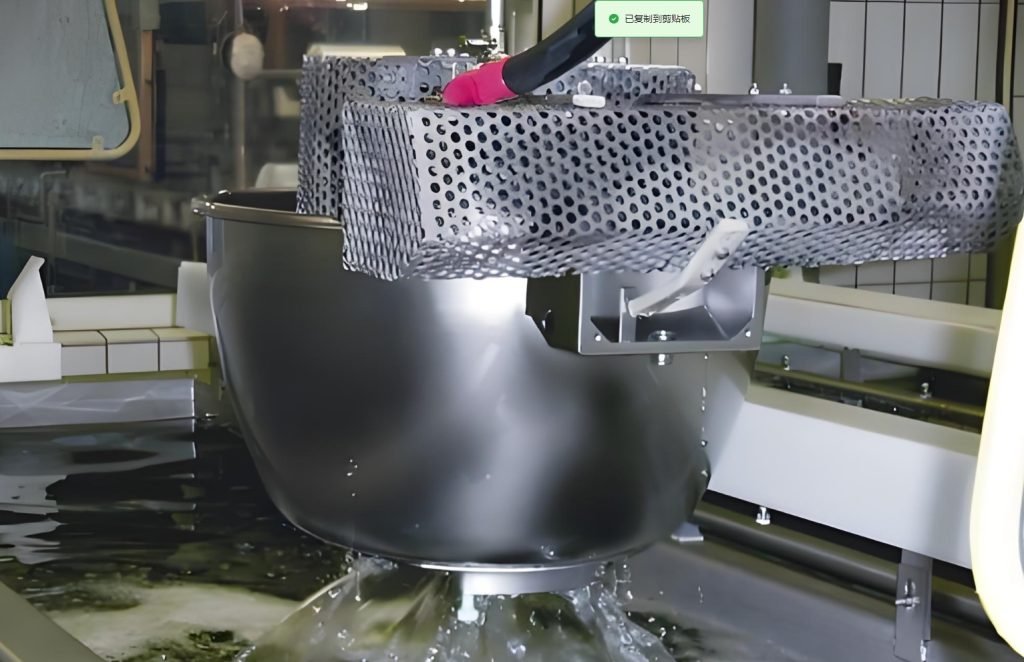
Polishing
Achieves a smooth finish to minimize friction.
Technical Specs for Ejector Blocks
Our processes ensure unmatched consistency and repeatability at fast lead times and affordable pricing.
| Parameter | Specification |
| Hardness | Core: 45-52 HRC – Surface (after nitriding): 65-70 HRC |
| Dimensions | Standard Sizes: Customizable based on mold design – Thickness: 5 mm to 20 mm – Width/Length: Customizable |
| Tolerance | Dimensional Tolerance: ±0.01 mm – Flatness: 0.005 mm |
| Surface Finish | Polished, Ra ≤ 0.2 μm |
| Temperature Resistance | Standard: up to 200°C – High-temperature options availab |
Fecision Mold Component Tooling Network
In response to different service types and diverse business needs, we have deployed suppliers with different manufacturing capabilities.
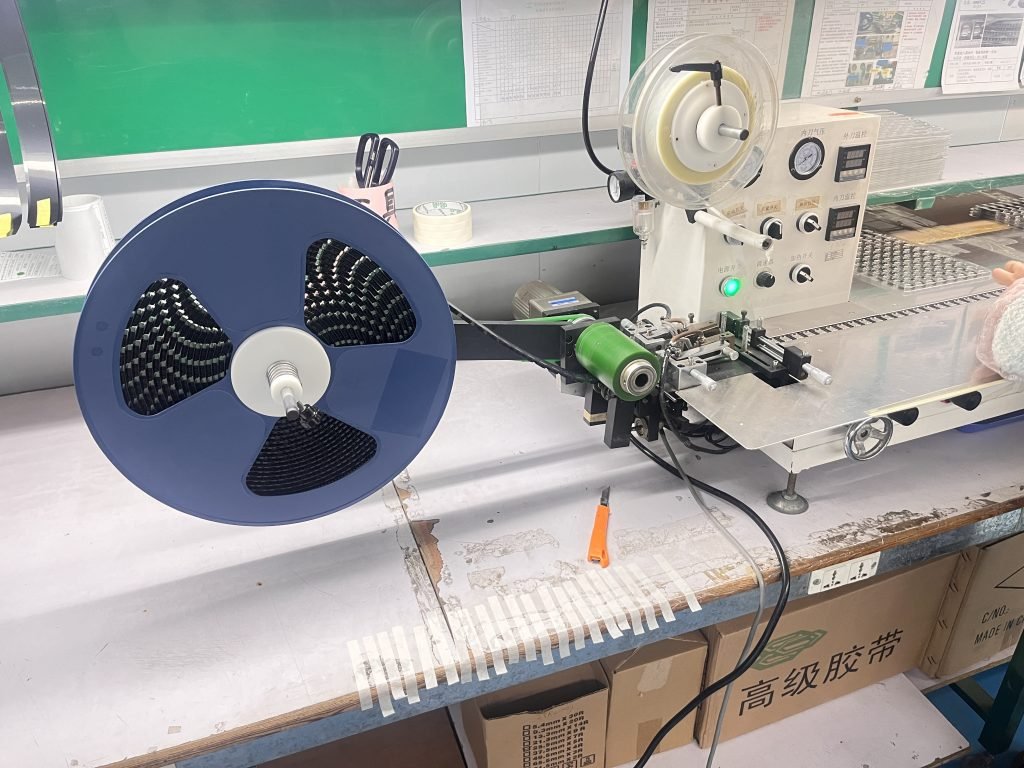
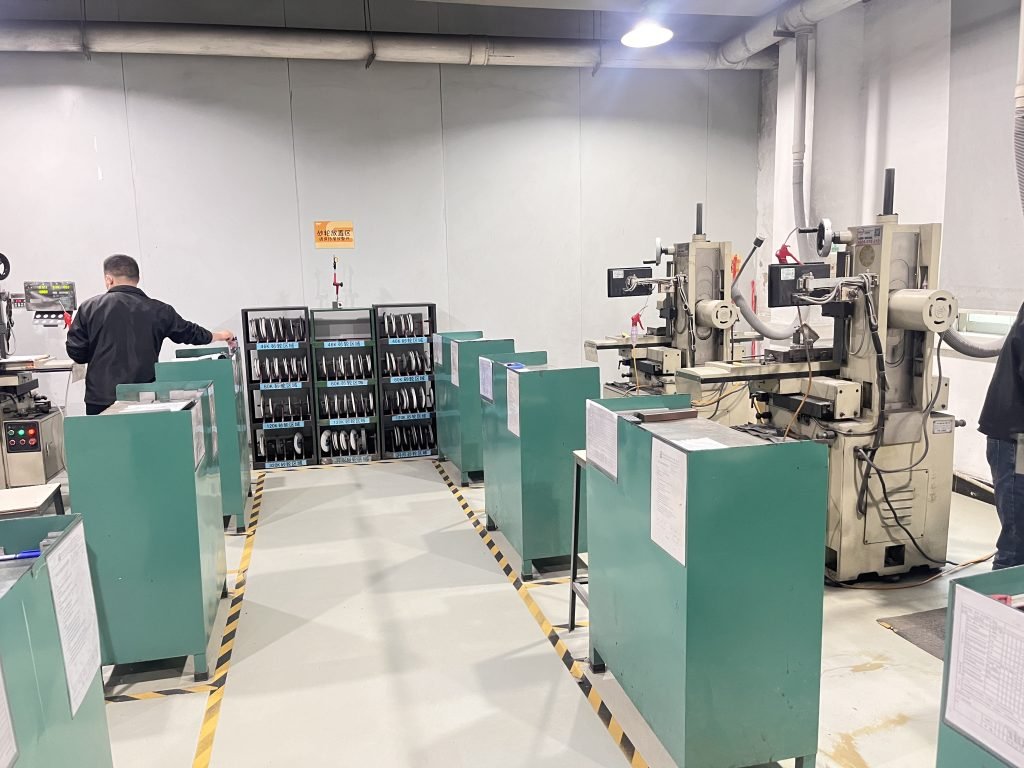
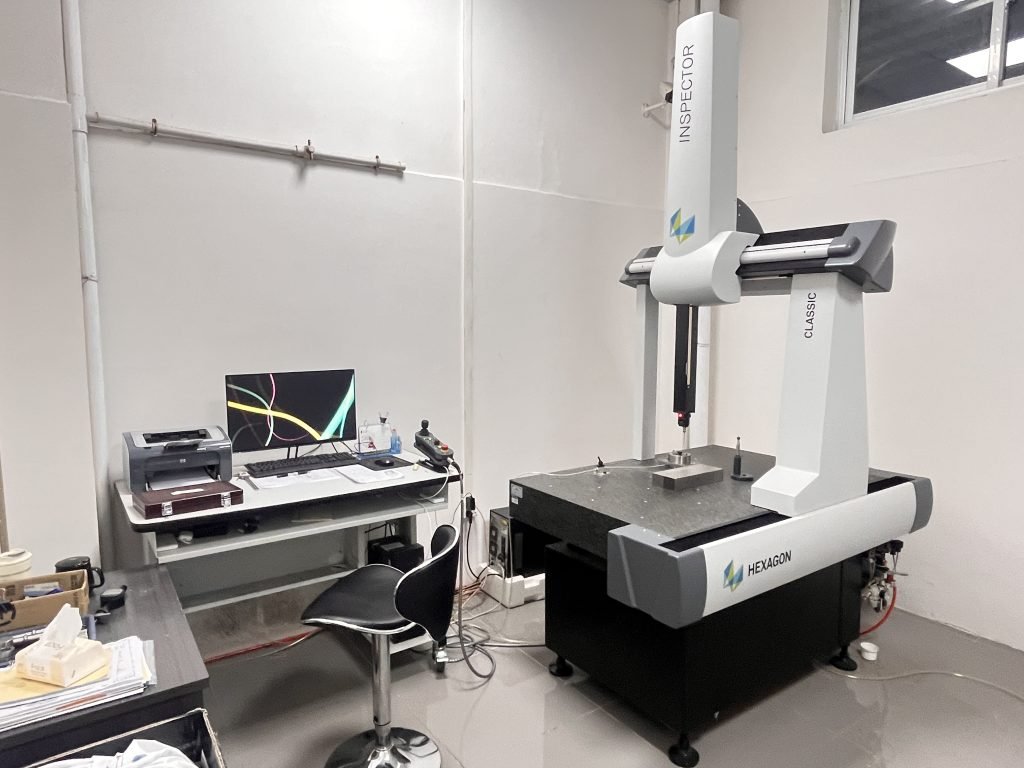
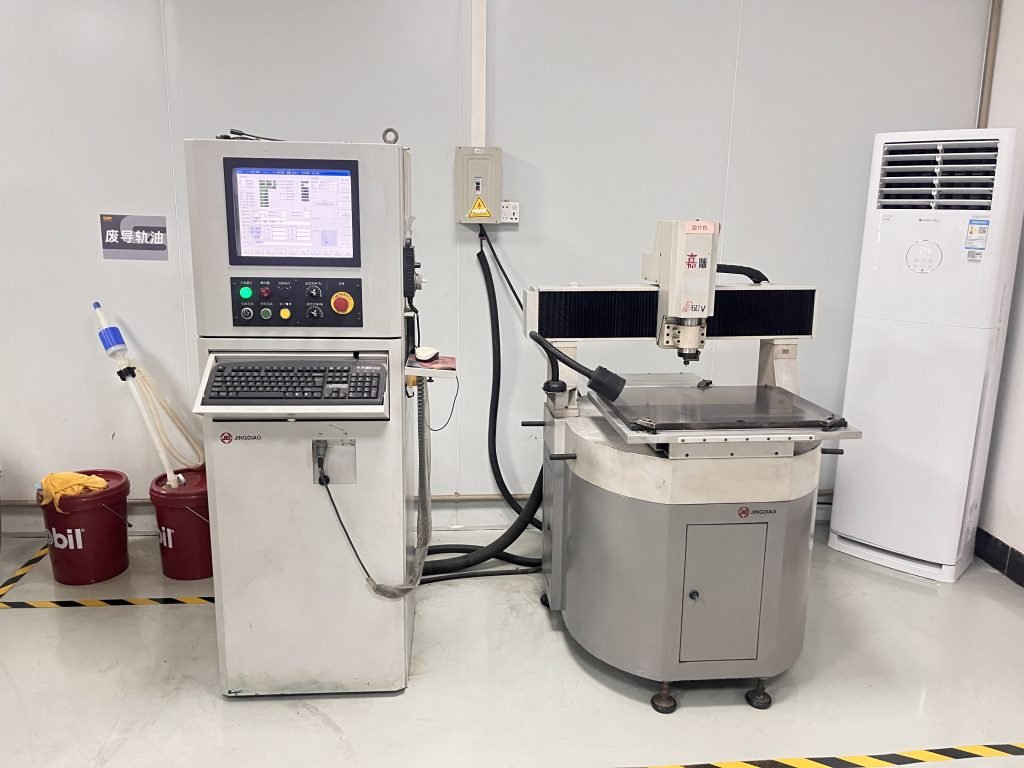
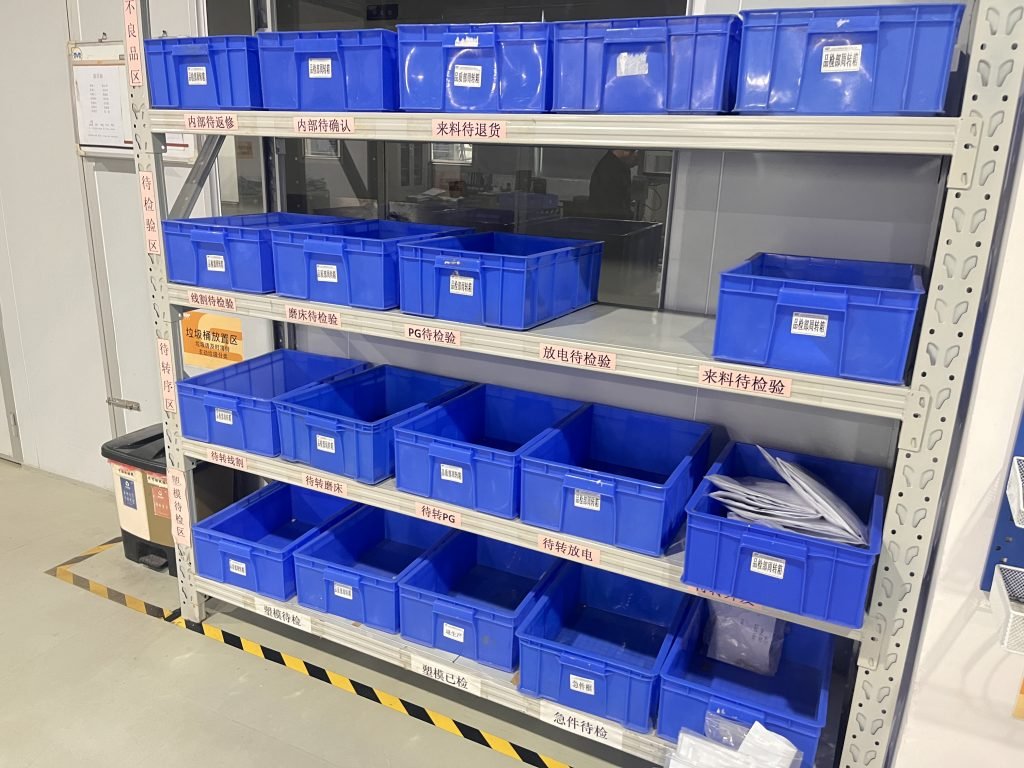
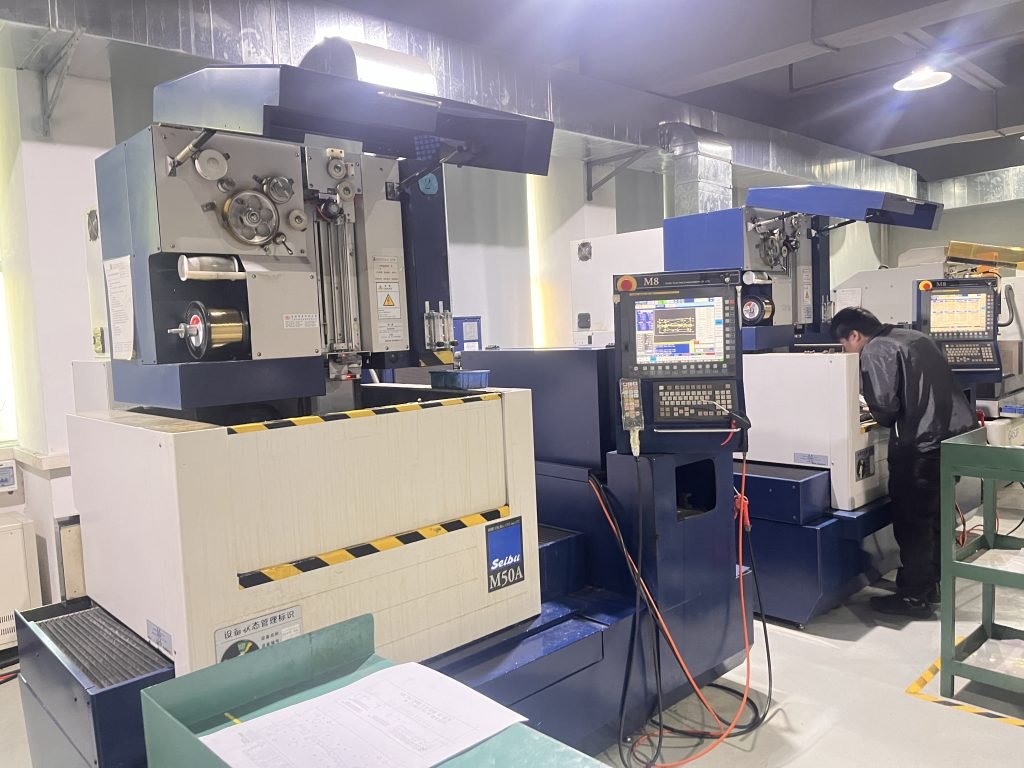

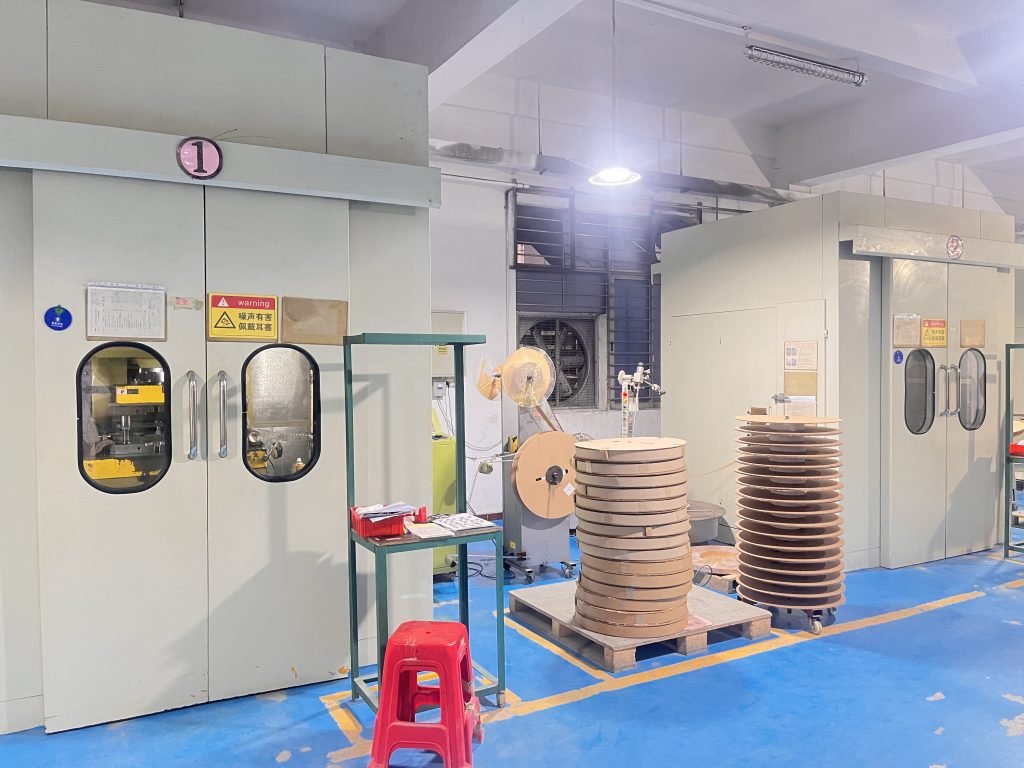
Why Fecision for Mold Components?

Precision and Accuracy
Using state-of-the-art CNC machining, EDM, and other advanced manufacturing techniques, Fecision ensures all mold components meet tight tolerances and high-quality standards.
Customization
Fecision understands the unique needs of each project. Our team works closely with customers to provide tailored solutions, ensuring that each component fits perfectly within the target mold system.
Rapid Prototyping
Fecision offers rapid prototyping for mold components, enabling customers to test and refine designs quickly before moving into full production.
End-to-End Services
From initial design and DFM (Design for Manufacturability) analysis to final mold assembly and testing, Fecision handles every aspect of the mold component manufacturing process.
Process for Manufacturing Mold Components
Manufacturability Evaluation
The initial step involves assessing the manufacturablity of the mold component. If it's deemed feasible, we proceed with production immediately. If not, we will provide a detailed DFM (Design for Manufacturability) report to the customer. If necessary, mold flow analysis is performed to simulate the flow of molten material within the mold.
Material Selection
Next, choose the right material for mold parts. Common materials for mold components include steel alloys, aluminum, stainless steel, specialty alloys, etc. If needed, a prototype may be made using rapid prototyping techniques (e.g., 3D printing, CNC machining) to test the design for fit, function, and manufacturability.
Mold Components Manufacturing
Once the design and materials are finalized, the mold component undergoes CNC machining. If required, the mold component may undergo heat treatment, depending on the material and intended application. For certain components, surface hardening methods such as nitriding or carburizing are applied to increase wear resistance.
Shipping
For molds with multiple components, such as multi-cavity molds or molds with inserts, the individual components are carefully assembled into the final mold system. Once our engineers confirm the product meets all requirements, it will be shipped. We maintain ongoing communication to ensure the customer is fully satisfied with the product they receive.
Let's Start!
Together, we can make something remarkable!
Let us turn your vision into reality. Provide us with your project details, and we’ll create a customized proposal designed specifically for you.




